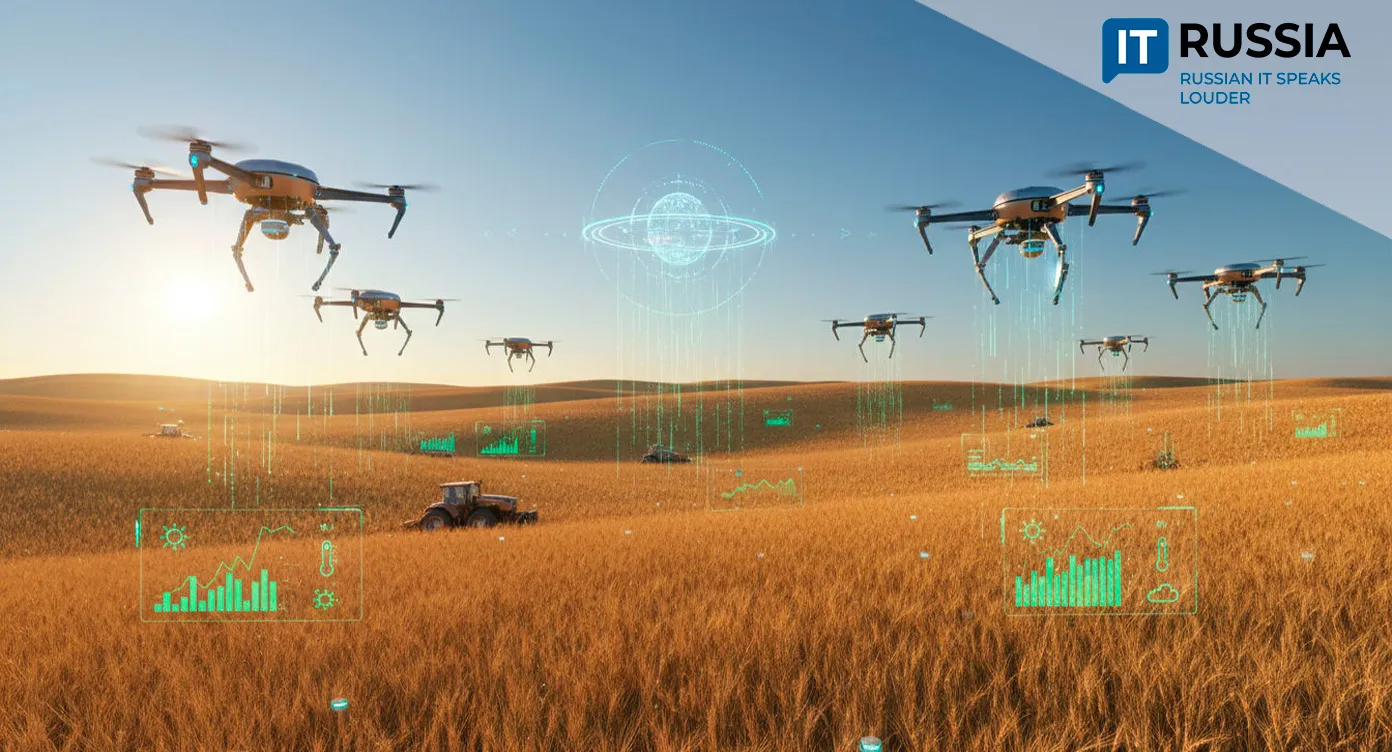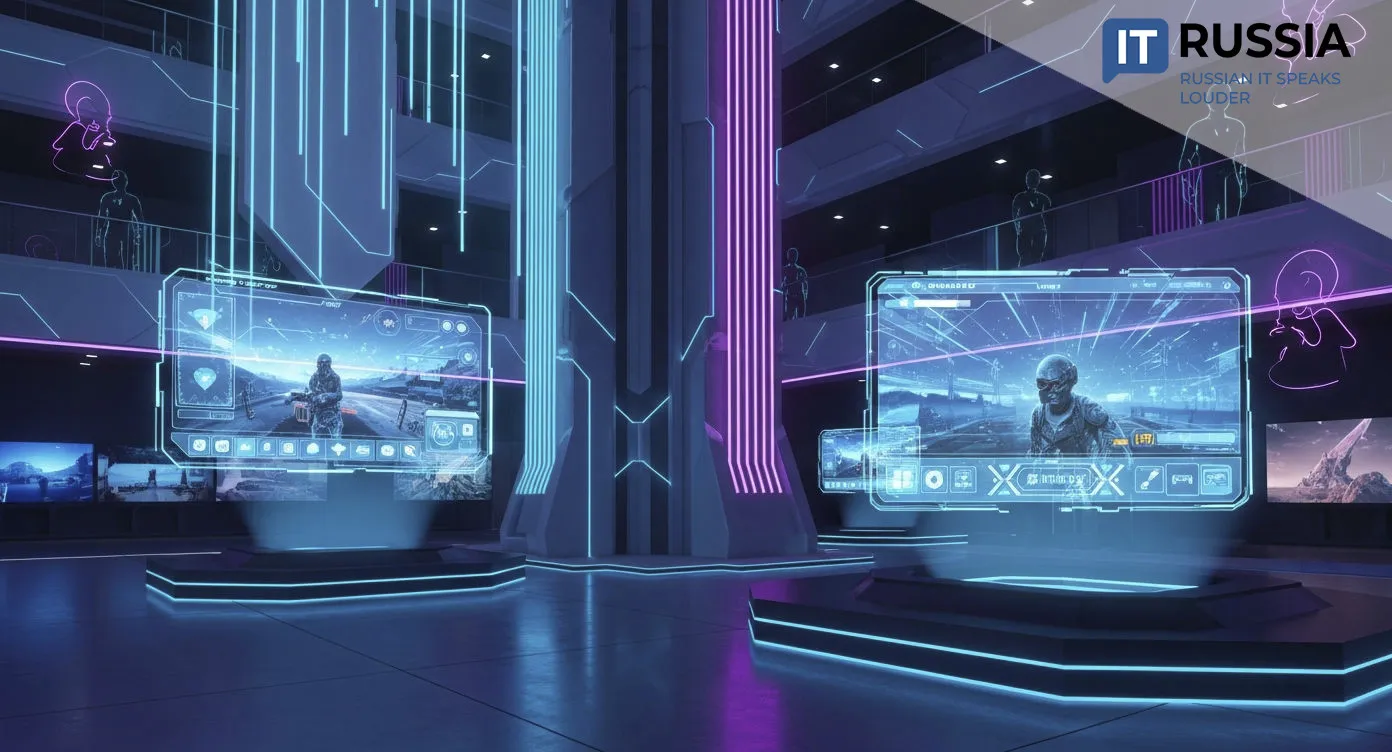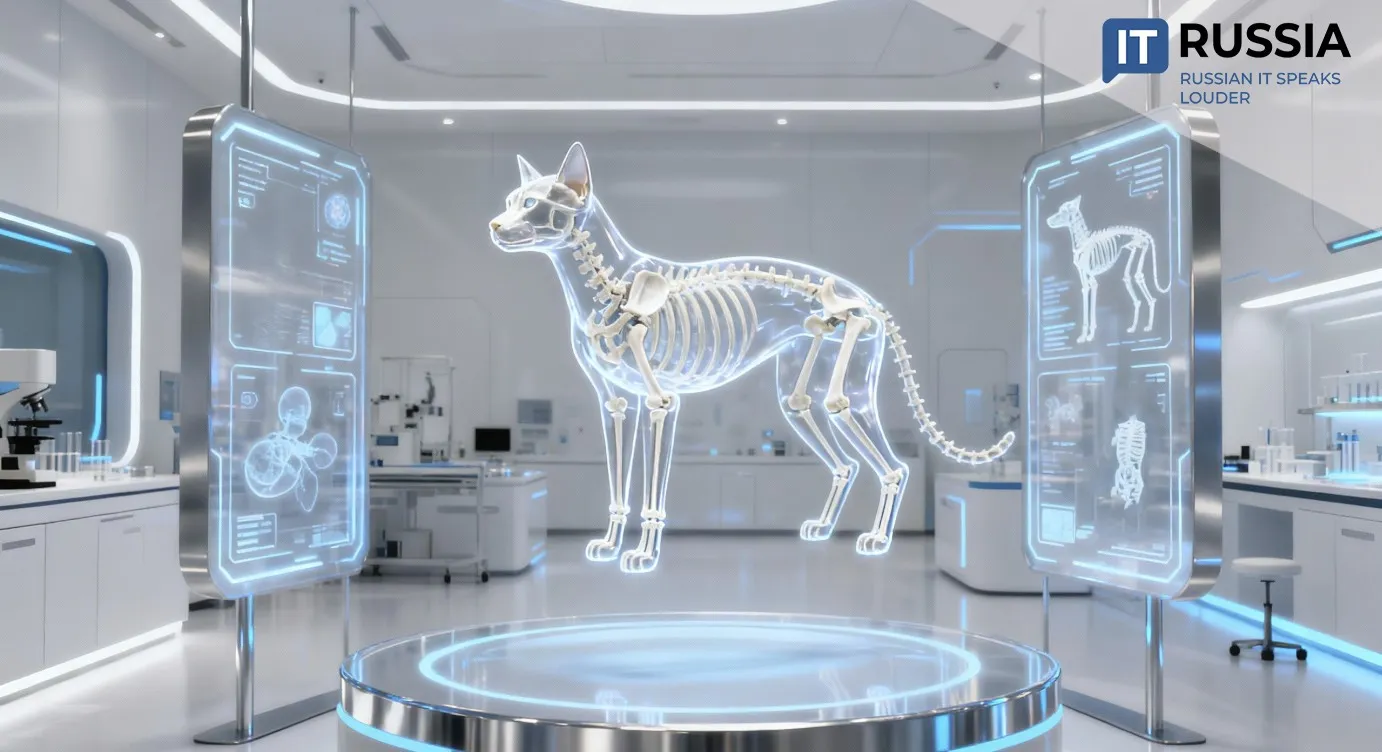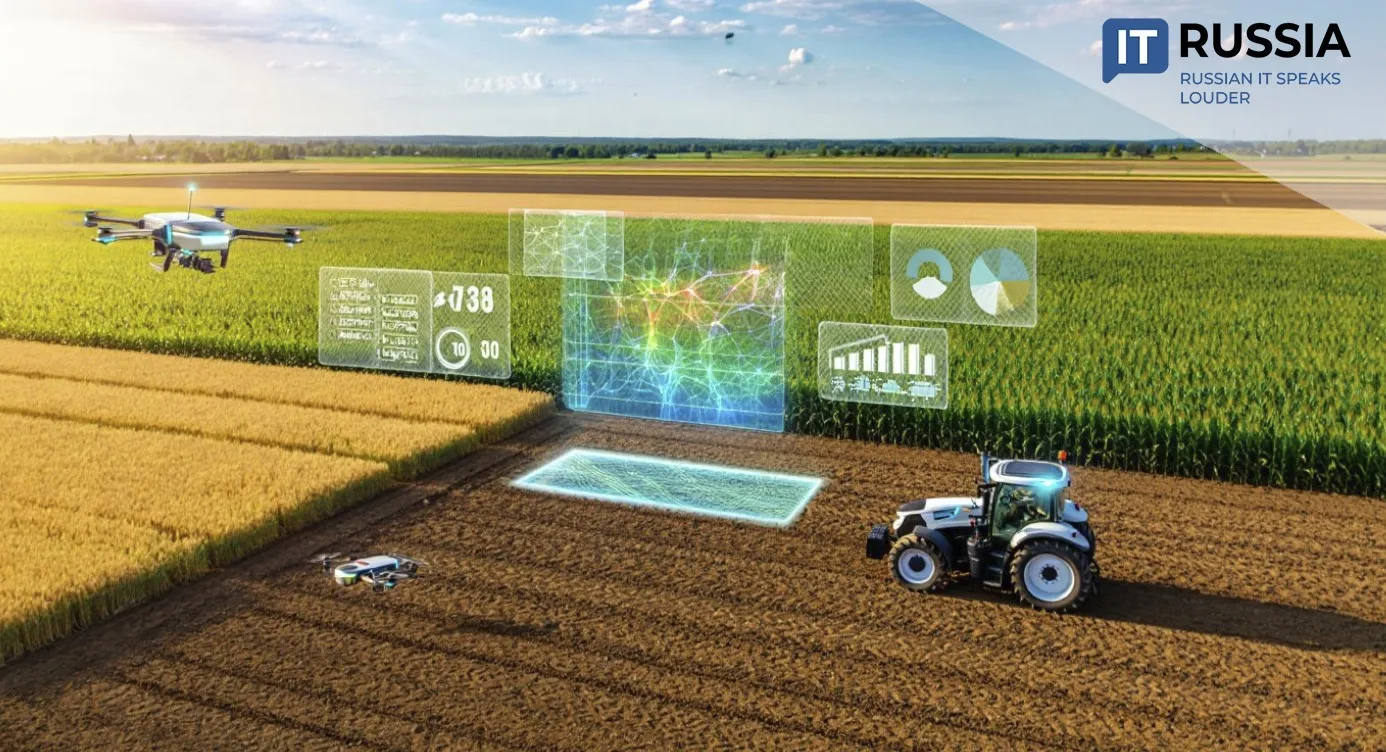Russian Industrial Software Finds Its Global Footing

From domestic necessity to international opportunity, Russian-made software is gaining traction in global manufacturing markets.
Russia’s industrial software sector, once focused on domestic needs and import substitution, is now evolving into a competitive player on the global stage. Driven by a mix of national policy, engineering innovation, and market adaptability, Russian IT firms are breaking into foreign markets with solutions that are localized, cost-efficient, and increasingly sophisticated.
Rising Demand Across Emerging Markets
In 2024, exports of Russian IT solutions grew by 6.6%, with rising demand across Eurasia, the Middle East, Latin America, BRICS countries, Turkey, and Africa. Russian software offerings in cybersecurity, fintech, artificial intelligence, and cloud infrastructure are proving particularly appealing. However, it’s in the domain of industrial IT—ERP, SCADA, MES, PLM, and CAE systems—where Russian companies are making their strongest push.
Localized interfaces (Cyrillic and Latin), lower total cost of ownership, and bilingual technical support are making these platforms attractive alternatives to Western vendors, especially in regions seeking digital sovereignty and resilient supply chains.
Russian Vendors Join the Global Major League
Key players like Cifra, ASKON, Top Systems, Galaktika, and Atomstroyexport are now delivering software through both intergovernmental agreements and direct commercial contracts. Their systems are already running in Kazakhstan, Belarus, Uzbekistan, and other neighboring countries.
One standout example is ASKON, Russia’s largest engineering software firm, which serves over 10,000 companies across industrial and design sectors. In 2024, ASKON reported an 18% increase in revenue, reaching 6.6 billion rubles (approximately $73 million USD). Most of this growth came from the mechanical engineering sector, where its solutions help streamline design, simulation, and production.
ASKON is now developing a heavy-class PLM system based on its own geometric kernel—a bold move aimed at competing directly with global leaders like Siemens, Dassault Systèmes, and Autodesk. The company also provides BIM solutions and positions itself as a full-stack systems integrator for digital engineering.
In India, ASKON’s subsidiary C3D Labs has supplied its geometry engine toolkit to Dietech India, a leader in die-casting mold design. Meanwhile, Uzbekistan’s Almalyk Mining and Metallurgical Complex—a major copper producer—has been using ASKON tools for over a decade, and is now upgrading to the latest version of KOMPAS-3D to support its design operations.
Smart Buckets and AI: Innovation in the Mining Sector
Another example of Russian ingenuity is the “Smart Bucket” system developed by Cifra’s Mining Division. This AI-driven solution analyzes ore granularity in real-time and monitors wear on bucket teeth—helping improve extraction efficiency and safety. Already deployed in Central Asia, the technology represents a rare example of cutting-edge AI integration in heavy industry outside the West.
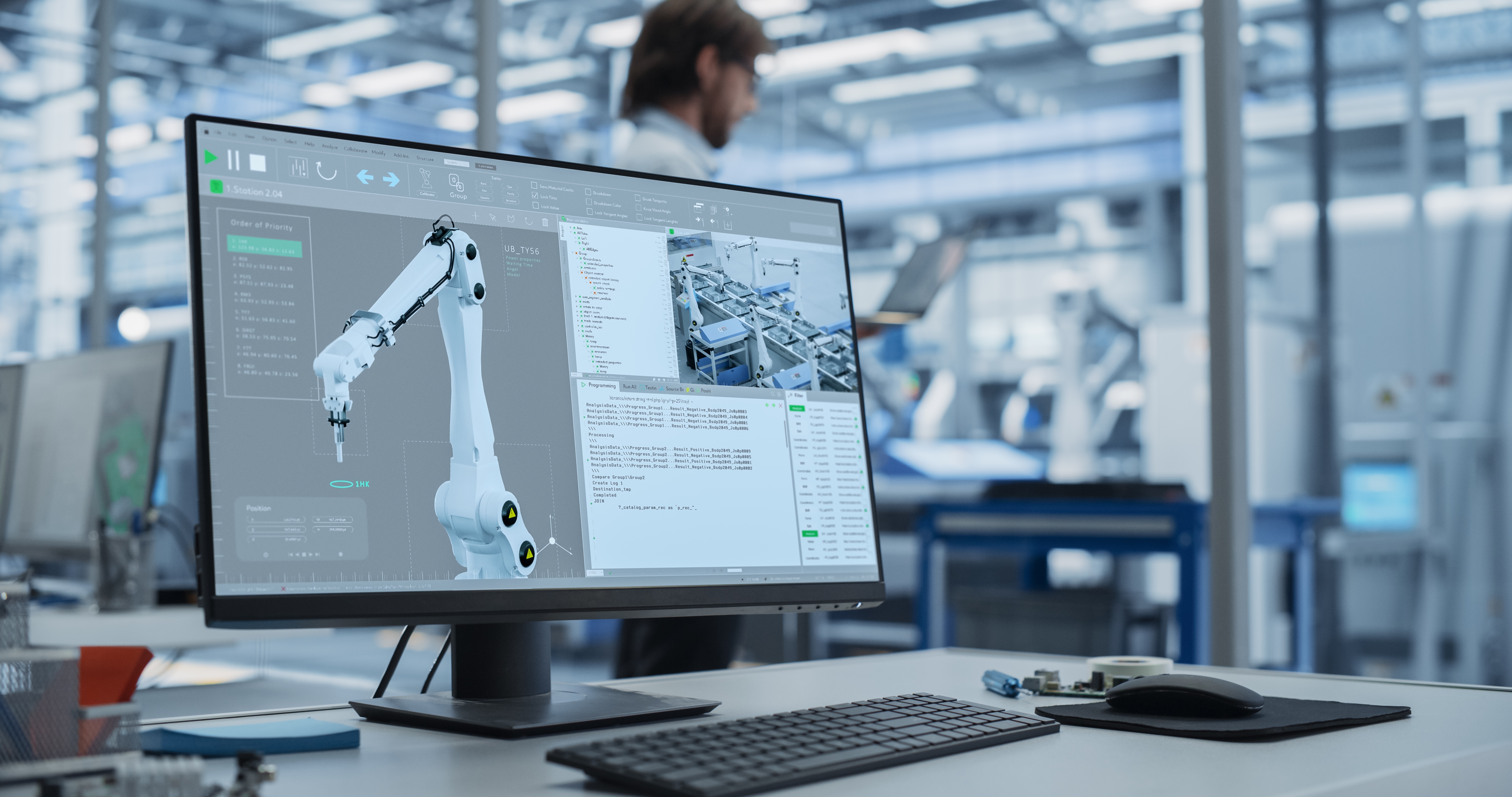
High-Performance Tools for China’s Industrial Backbone
China has emerged as a promising growth market for Russian software, especially in heavy-class CAD/PLM and EDA (Electronic Design Automation) systems. Chinese firms are seeking cost-effective, flexible tools for digital design and automation, and are increasingly open to integrating Russian modules into small- and mid-sized enterprise (SME) production lines.
A notable win: in 2025, RightTech DTG, a Russian developer, won “Best Industry Solution” from Global CIO for its implementation of a full-cycle automation project at a Chinese HVAC equipment factory owned by BIG, one of the world’s leading electric convector manufacturers. Using 1C: ERP, Russian developers not only automated 100 workstations but also expanded the scope of process digitization.
Russia–India: Toward Strategic Tech Collaboration
India is also emerging as a key strategic partner. In 2023, Russia and India launched a joint AI certification framework that aligns ethics, compliance, and performance metrics. This initiative opens the door to deeper cooperation in areas such as IoT, e-commerce, and digital security.
The synergy between India’s scale and Russia’s engineering know-how offers a compelling model for BRICS+ collaboration. As one Russian official put it, “This is not just about exporting code—it’s about building resilient ecosystems.”
Government Policy as a Growth Engine
State support remains central to Russia’s export success. The government offers funding programs, helps coordinate international trade shows, and creates frameworks to help Russian vendors qualify for foreign tenders. These efforts not only open new markets but also generate valuable customer feedback—fueling iterative product development.
Outlook: Competing with the Best, on Merit
As Russia’s industrial software matures, it is increasingly being judged not just as an alternative to Western platforms, but as a credible competitor in its own right. The value proposition is clear: high functionality, strong localization, and fast deployment at a lower cost.
In a multipolar world seeking technological balance, Russia’s industrial IT sector is finding its place—not just as a local champion, but as a global contender.













